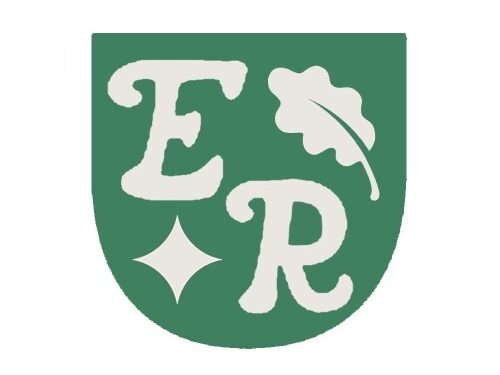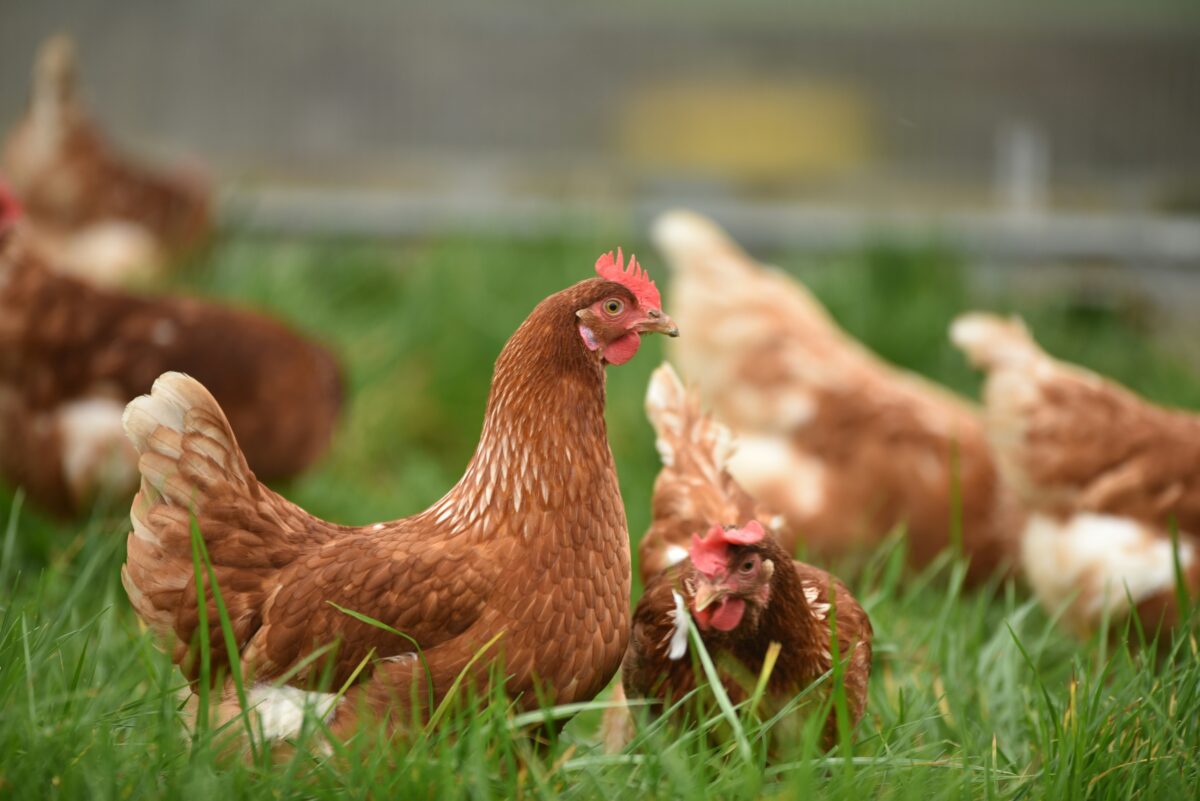After a difficult period combatting the Covid pandemic, the looming fear of another virus potentially terrorizing the globe has left people on edge. Before the bird flu became the topic of the time, there was monkeypox. Visibly, it has become easier to stay in touch with new strains of diseases and their spillover across country borders through social media and the close proximity of the news into people’s daily lives.
But now, the bird flu has made a clear imprint on human society, beginning to ripple through poultry and livestock. It has reached hens, affecting the production of eggs, and even dairy cows. Media outlets have focused more on the human impact and less on the environmental implications of this widespread disease.
Despite being called the ‘bird flu’, scientifically known as H5N1, the virus has jumped through species barriers, infecting more than just feathered flyers. According to Gavi, the Vaccine Alliance, over 40 mammal species have caught H5N1, and a panzootic, the animal relative of a pandemic, is commencing.
The spread is rapid considering the nature of the infection. Migratory birds have dropped off H5N1 on a trip worldwide, and as the virus adapts and develops, new strains like clade 2.3.4.4b have become well acquainted with mammals. So, the title of ‘bird flu’ does not do the problem justice, sweeping its expansive identity under the rug.
Over 500 species have contracted this intense strain of bird flu, pushing the limits to what scientists knew about its ability to spread. From October 2021 to September 2024, 280 million birds and thousands of mammals died from the disease as reported by the Guardian. Endangered species like African penguins and California condors have also croaked. Considering just the hard and fast numbers alone, the threat to biodiversity is evident.
As the bird flu further sinks its teeth into the flesh of birds and mammals alike, the relationships between species are jeopardized. Prey and predator relationships, for one, keep prey populations in check. If predators decline, prey species flourish immensely, and if a prey species declines, predators compete for other food sources, decimating those prey populations. This imbalance puts the ecosystem on a difficult tilt.
Mass die offs have particularly affected pinnipeds, a classification of marine animals that have front and rear flippers for water and land. Seals, walruses, and sea lions are at the top of the food chain in their respective habitats and without them, their prey species would noticeably increase.
However, its spread is also related to infrastructure, something that cannot be readily changed. According to Gavi, it first supposedly emerged on a Chinese goose farm in 1996. Now, the virus seems to thrive, mutating into something fatal when it crosses with poultry.
As agriculture and livestock practices cut into wetlands, bird species are squeezed into smaller habitats. It keeps poultry and birds close, allowing for an exchange of viruses.
People continue to encroach on wild lands and close the gap between humans and animals, fostering the perfect home for H5N1. Practices like poaching and general environmental destruction make the downtick in animal populations seem like destiny.
The most newsworthy calamity amongst all the chatter is human cases. Slowly, they are climbing with over 60 cases in the United States, expectedly people who work with poultry or livestock. Proximity is an obvious culprit in the ease of transmission between species.
Unfortunately, the bird flu will not simply go away. Humans may build up immunity, but it is anticipated that waves of the virus will hit species again and again, especially as it changes and mutates. Unlike humans, there are no preventive measures, like masking or social distancing, that can be implemented amongst animals. For poultry, however, vaccinations could possibly combat this spread.
Recovery for animal populations may take years upon years and one flare-up can wipe out a critically endangered species. Currently, the virus has raged on for four years and spread to most regions except Australia.
The severity of H5N1 has been undermined by the public while simultaneously ravaging ecosystems on a mass scale. The statistics, numbers, and effects have gone mostly unnoticed. In consideration of the gravity of the dilemma, it is about time that people shift focus from not only the soaring egg prices at the grocery store, but also how all animals, even their own domestic pets, may be struck.
Sources:
Bayles, Tom. (2025, January 30). Bird flu ‘existential threat to the world’s biodiversity’. WGCU. https://news.wgcu.org/section/environment/2025-01-30/bird-flu-existential-threat-to-the-worlds-biodiversity
Mongabay. (2024, August 12). How is bird flu affecting animal populations? Gavi, the Vaccine Alliance. https://www.gavi.org/vaccineswork/how-bird-flu-affecting-animal-populations
The Marine Mammal Center. Seals, Sea Lions and Walruses. The Marine Mammal Center. https://www.marinemammalcenter.org/animal-care/learn-about-marine-mammals/pinnipeds#:~:text=The%20word%20%22pinniped%22%20means%20fin,for%20long%20periods%20of%20time.
Weston, Phoebe. (2024, September 4). Forgotten epidemic: with over 280 million birds dead how is the avian flu outbreak evolving? The Guardian. https://www.theguardian.com/environment/article/2024/sep/04/forgotten-epidemic-with-over-280-million-birds-dead-how-is-the-avian-flu-outbreak-evolving

